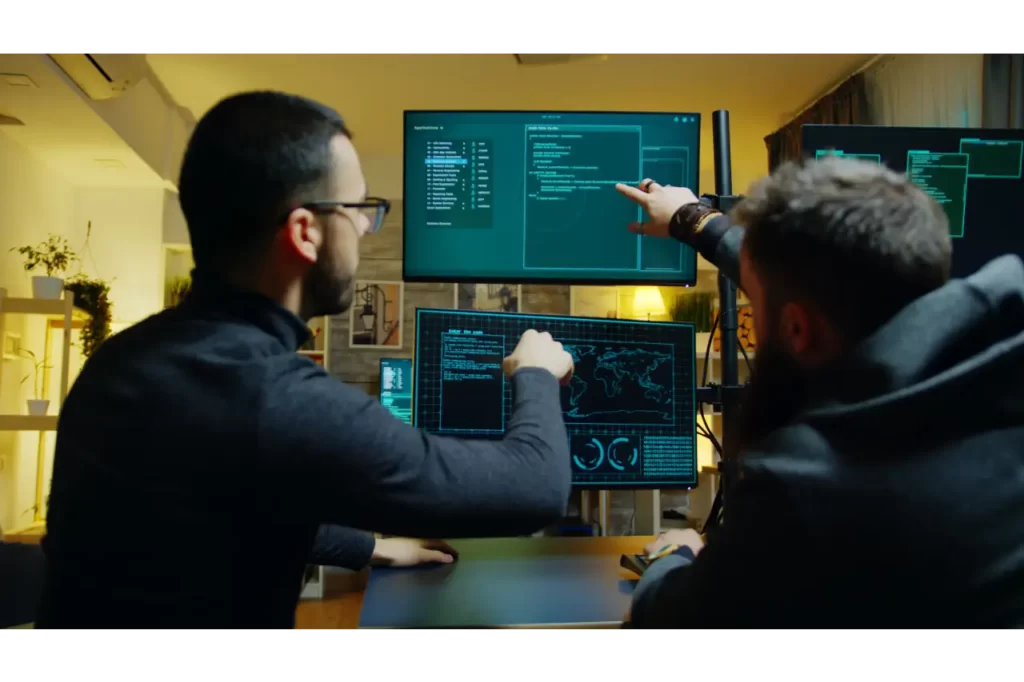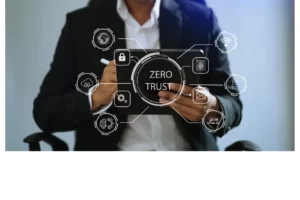End-user computing (EUC) is all about breathing life into the digital workspace of an organization. It involves a holistic approach to improving the overall end-user experience by addressing the diverse systems necessary to fulfill daily workloads. Instead of creating individual Point of Delivery (PoD) systems for each desktop type, application, and database, the consolidation of these components into a single platform results in a more efficient and cohesive user experience.
Key Elements for Successful End-User Computing Strategy
The success of an EUC initiative hinges on making the platform’s components accessible to users and managers without requiring specialized systems expertise. This enables a smoother integration of new technologies for end users. A well-structured end-user computing strategy encompasses how users can access digital platforms for productivity, both on-site and remotely. It includes a comprehensive set of tools to support their tasks and addresses scalability to accommodate future growth seamlessly and without disruptions.
Browse our Featured Solutions
Allocate Flexible & Varying Resources through optimized Data Centre Utilisation.
Centralized
Management
Baseline level of protection expected by most customers, where a backup is typically executed once every 24 hours.
Bring Your
Device(BYOD)
Moving further to Cloud Dependency, BYOD allows the use of employee’s gadgets.
Secure End-User
Environment
Seamless integration of the end-users with their own devices interacting with the organization’s computing platform securely.
Leveraging Hyper-Converged Infrastructure for EUC
Organizations are increasingly exploring the potential of hyper-converged infrastructure (HCI) platforms for their EUC initiatives. The aim is to simplify the complex landscape of end-user computing roles and responsibilities. HCI platforms offer intuitive, agile, scalable, and manageable features that reduce the level of expertise required to adapt to the evolving digital workplace. This technology not only enhances the efficiency and performance of EUC but also makes it easier for organizations to stay agile and responsive in a rapidly changing technological landscape, ultimately creating a more productive and adaptable work environment for end users.
What clients say about our Managed IT Services









